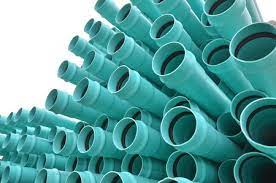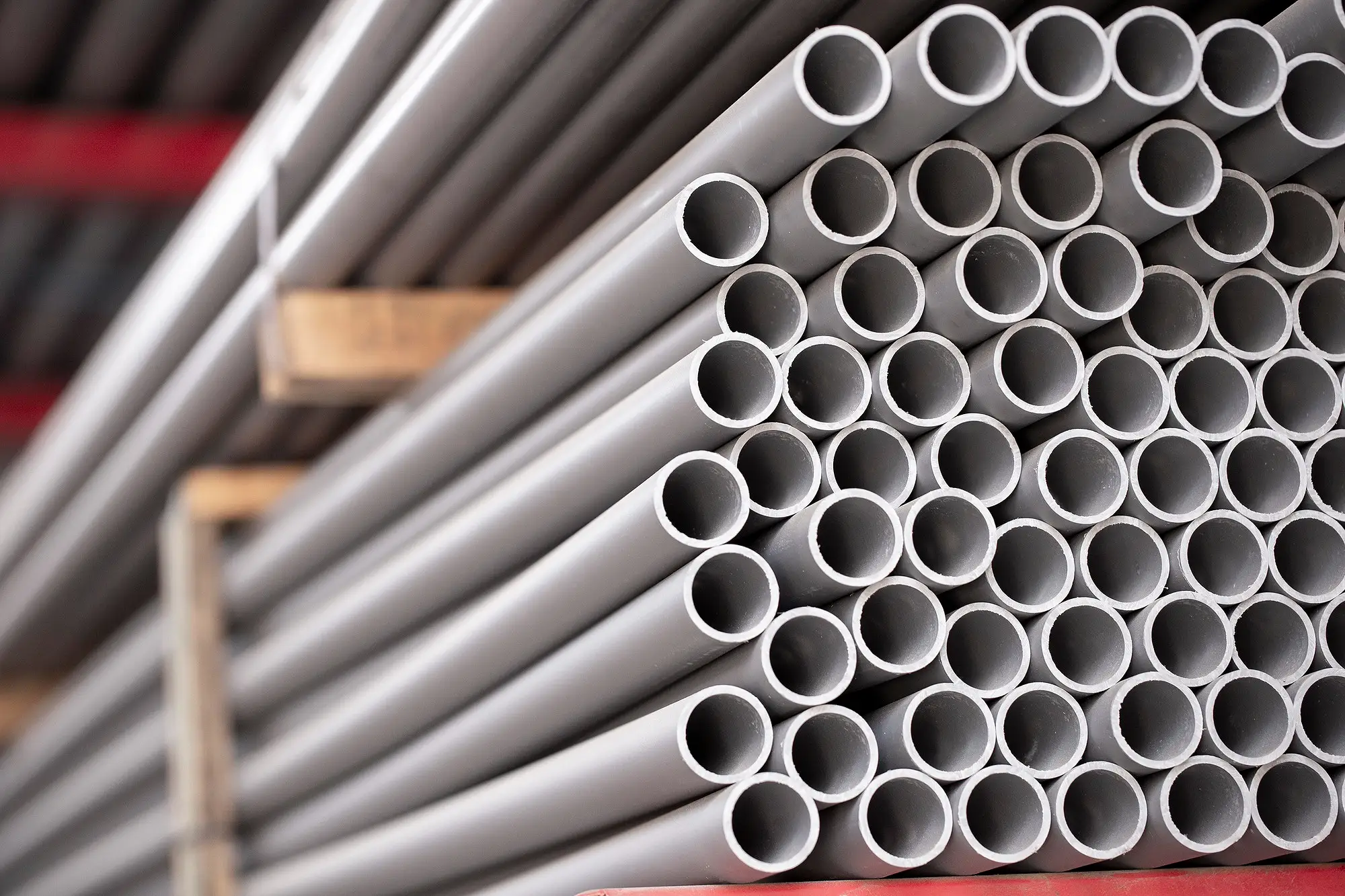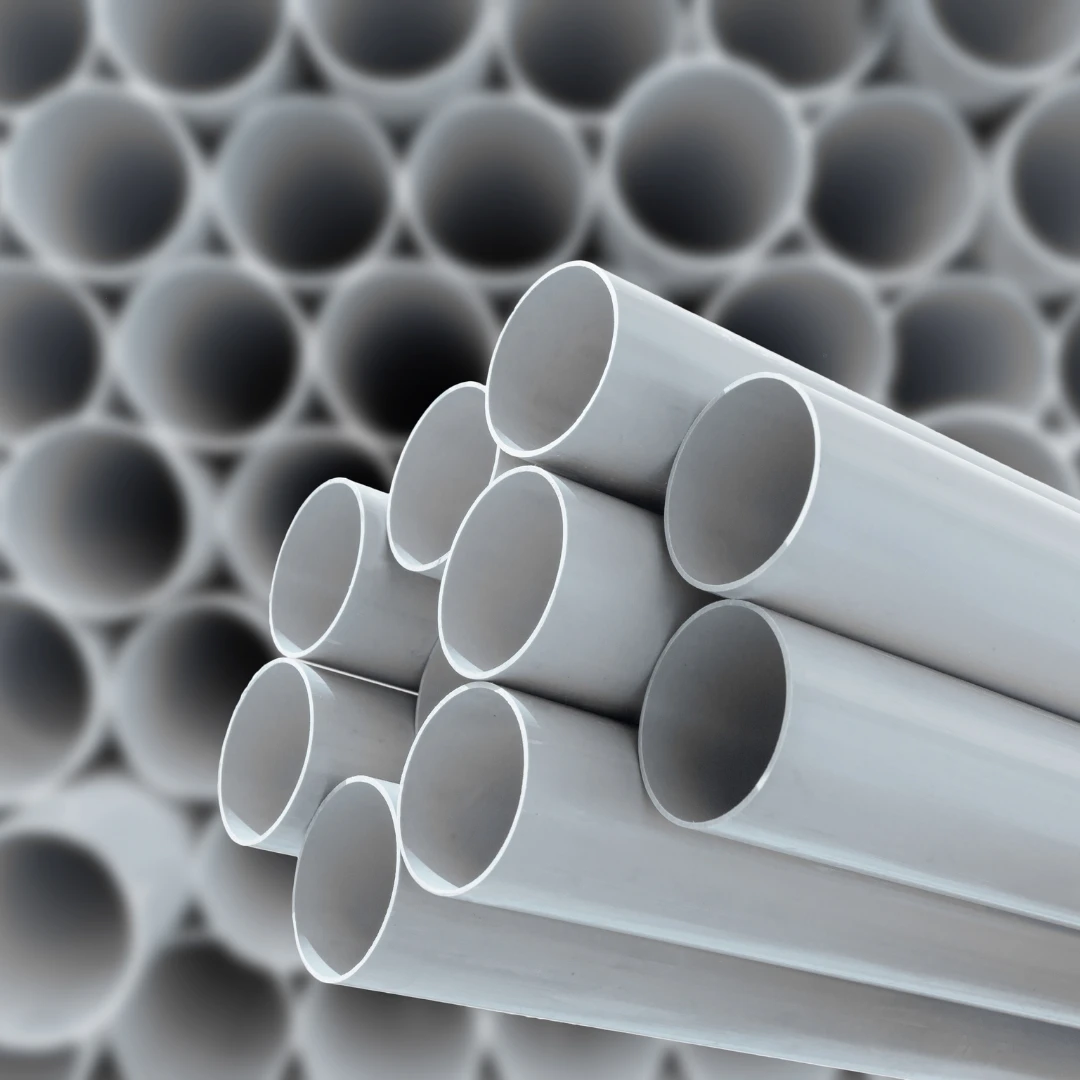Description
Polyvinyl Chloride (PVC): A Versatile Plastic Shaping Our World
Polyvinyl chloride, more commonly known as PVC, is a ubiquitous synthetic plastic polymer that has become an integral part of modern life. From the pipes that deliver our water to the cladding on our homes, PVC’s versatility, affordability, and durability have made it a cornerstone material across numerous industries. But what exactly is PVC, and why is it so widely used?
Understanding the Basics
PVC is created through the polymerization of vinyl chloride monomer (VCM). This process joins many VCM molecules together, forming long chains of polyvinyl chloride. The resulting material is a rigid, relatively inexpensive plastic, known for its resistance to water, chemicals, and fire.
Two Sides of the Coin: Rigid and Flexible PVC
One of the key strengths of PVC lies in its adaptability. By adding different additives, its properties can be tailored to suit a wide range of applications. This leads to two main types of PVC:
- Rigid PVC (RPVC): This form is unmodified and highly durable. It is often used in situations where strength and stability are paramount. Think of water pipes, window frames, and siding – all examples of rigid PVC in action.
- Flexible PVC: By adding plasticizers like phthalates, PVC becomes softer and more pliable. This makes it suitable for applications requiring flexibility, such as electrical cable insulation, flooring, inflatable products, and even artificial leather.
A Myriad of Applications
The versatility of PVC translates into a vast array of applications across numerous sectors:
- Construction: PVC is a staple in construction, found in pipes, roofing membranes, window and door profiles, flooring, and wall coverings. Its durability, water resistance, and cost-effectiveness make it a popular choice.
- Infrastructure: Buried underground, PVC pipes transport water, sewage, and gas. Their resistance to corrosion and chemical attack ensures long-term reliability.
- Healthcare: PVC is used in medical tubing, blood bags, and other medical devices due to its compatibility with sterilization methods and resistance to many chemicals.
- Automotive: PVC finds its way into vehicle interiors, wire insulation, and underbody coatings due to its durability and fire resistance.
- Packaging: While less common than some other plastics, PVC is used in blister packs, bottles, and films where its clarity and chemical resistance are beneficial.
Advantages and Challenges
PVC offers several compelling advantages:
- Cost-effectiveness: PVC is generally less expensive than many alternative materials like metal, wood, or rubber.
- Durability: It resists weathering, rotting, corrosion, and abrasion, leading to long product lifecycles.
- Versatility: As mentioned before, the ability to modify PVC’s properties makes it suitable for a wide range of applications.
- Fire resistance: PVC is inherently flame retardant, a critical safety feature in many applications.
- Recyclability: Although recycling rates vary, PVC can be recycled and reused, contributing to a circular economy.
However, PVC also faces challenges:
- Environmental Concerns: The production of PVC involves the use of chlorine, and concerns have been raised about the environmental impact of its manufacture and disposal.
- Phthalate Plasticizers: The use of phthalates as plasticizers in flexible PVC has raised health concerns, leading to the development of alternative plasticizers.
- Disposal: Incineration of PVC can release harmful dioxins. Proper disposal and recycling methods are crucial to mitigate this risk.
The Future of PVC
Despite the challenges, PVC is likely to remain a significant material in the years to come. Ongoing research and development are focused on:
- Developing more sustainable production methods: This includes exploring alternative feedstocks and reducing the environmental impact of the manufacturing process.
- Finding safer and more eco-friendly plasticizers: Replacing phthalates with bio-based or non-toxic alternatives is a priority.
- Improving recycling technology: Enhancing PVC recycling rates and developing closed-loop recycling systems are essential for a more sustainable future.
Conclusion
Polyvinyl chloride has undeniably shaped the modern world. Its versatility, durability, and cost-effectiveness have made it an indispensable material across a wide range of industries. While environmental and health concerns need to be addressed, ongoing innovation and a commitment to sustainable practices will be crucial in ensuring that PVC continues to play a positive role in the future. Understanding both the advantages and challenges of this ubiquitous plastic is essential for making informed decisions about its use and disposal, ultimately contributing to a more sustainable and responsible future.










Reviews
There are no reviews yet.